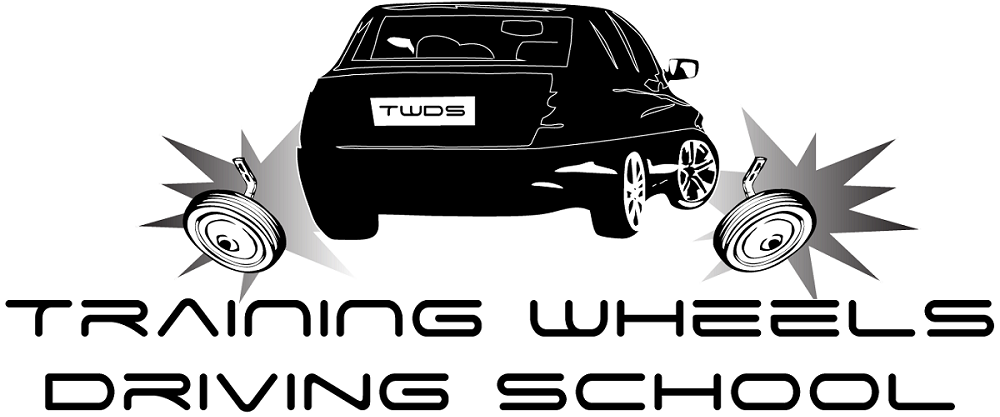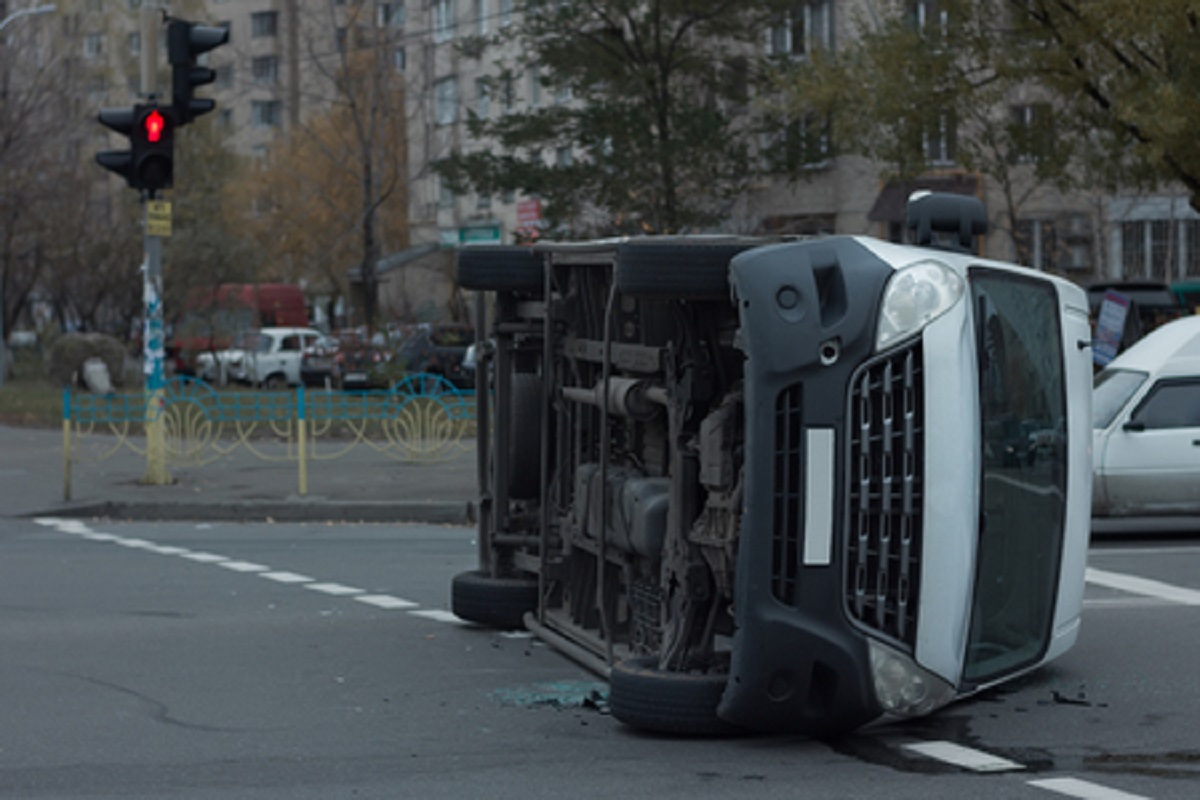What to Do After a Vehicle Rollover
Various type of vehicles can roll over in the event of an accident, but top heavy cars like sports utility vehicles, minivans, and trucks have the greatest risk of being in rollover accidents. According to the National Highway Traffic Safety Administration (NHTSA), more than 280,000 rollover accidents occur each year and claim more than 10,000 lives.
Rollover accidents are related to a car’s stability within turns, which is influenced by the relationship of the center of gravity and the track width including the distance between wheels. A high center of gravity and narrow track can make a vehicle unstable in quick turns or during sudden changes in direction. This happens more often in four-wheel drive pickups and sport-utility vehicles. Most fatal four-wheel drive rollover accidents occur on the weekend at night, usually with inebriated male drivers under 25.
Nearly half of all fatal rollover crashes involve alcohol. A small amount can negatively affect judgment, coordination, and vision, making drivers more likely to lose control of the vehicle. As well, in three out of four fatal rollovers, drivers are ejected due to a lack of a seatbelt.
Here are a few suggestions if ever any driver experiences a rollover accident.
Brace Yourself
If the vehicle begins to tip and is about to roll over, remove your feet from the pedals to prevent ankle breakage. Release the steering wheel and cross your arms against your chest while pressing your body deep into the seat. Make sure not to lean forward as this can increase your chance of breaking your arms or even suffering a traumatic brain injury.
Check for Injuries
When the car has stopped rolling, brace your feet against the floor to stabilize yourself and take a minute to check on any passengers. Run your hands across your head to check for broken glass, blood, or any other injury that may initially go unnoticed. If anyone is injured, do not move them and call 911.
Exit Safely
If you land upside down, turn off the engine immediately and try to exit if you’re uninjured. While exiting, be extremely careful to avoid any post-rollover injuries. Try to open your door, but if you can’t, check your windows to determine the safest exit strategy. Before breaking a window, try to roll it down to create an escape route. If you must break the window, make sure to clear any glass shards or debris before exiting. Once you’re free, assist any uninjured passengers and remove them as far as possible from the vehicle in case of a fuel leak.
Avoid the Road
Stay off the road and on the shoulder as far from traffic as possible—some survivors have made it out of rollover accidents only to be hit by oncoming traffic moments later. Therefore, it’s important to come up with a safe exit strategy before getting out of your vehicle and have 911 on the line to make sure help is on the way.
Think you or someone you know is in need of Behind the Wheel Training? Training Wheels is an Ocean City driving school specializing in teaching new teen drivers how to stay safe on the road. For more information on our lessons, please click here.
Copyright: liashkovitalii / 123RF Stock Photo

